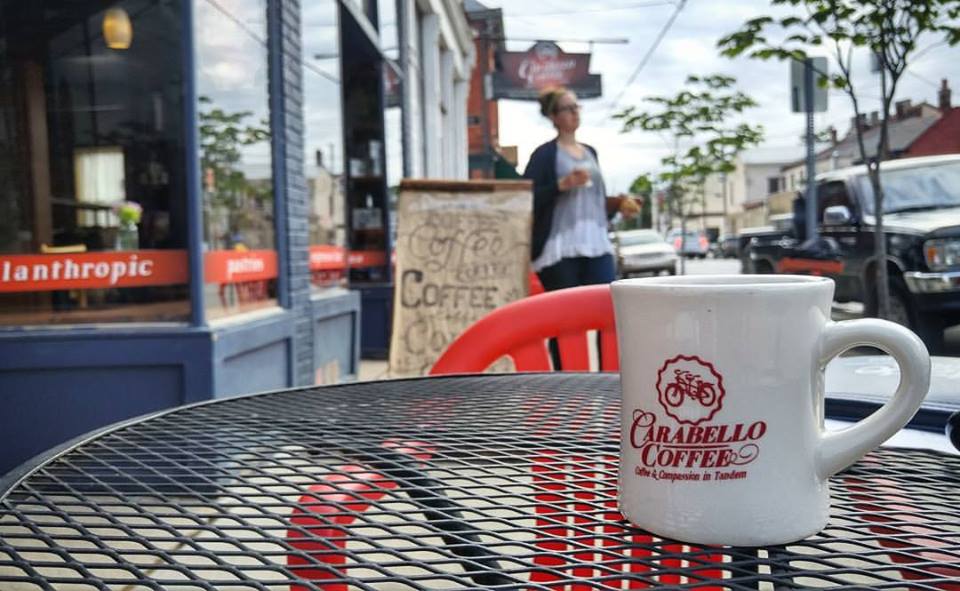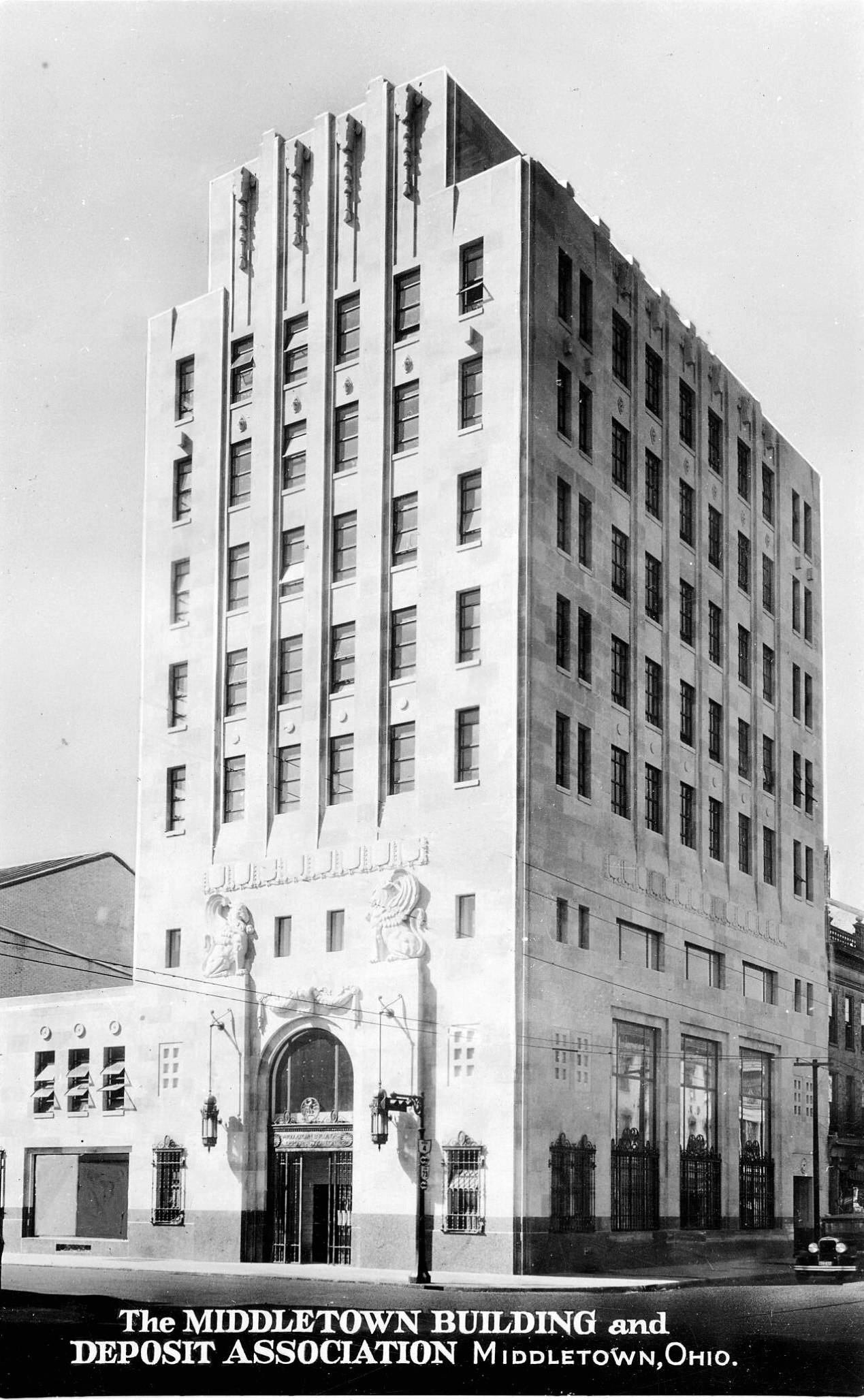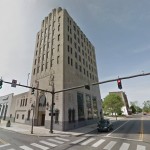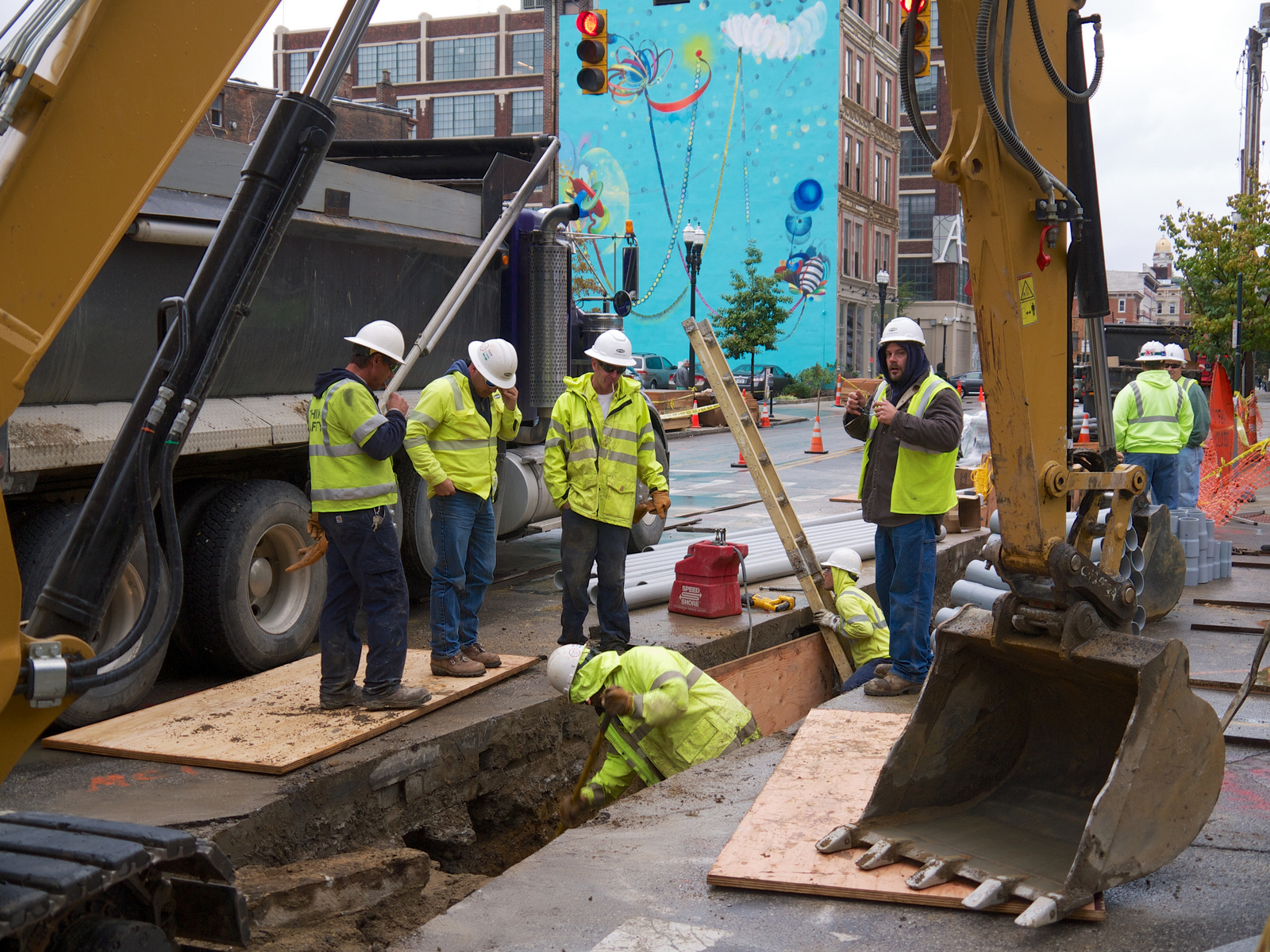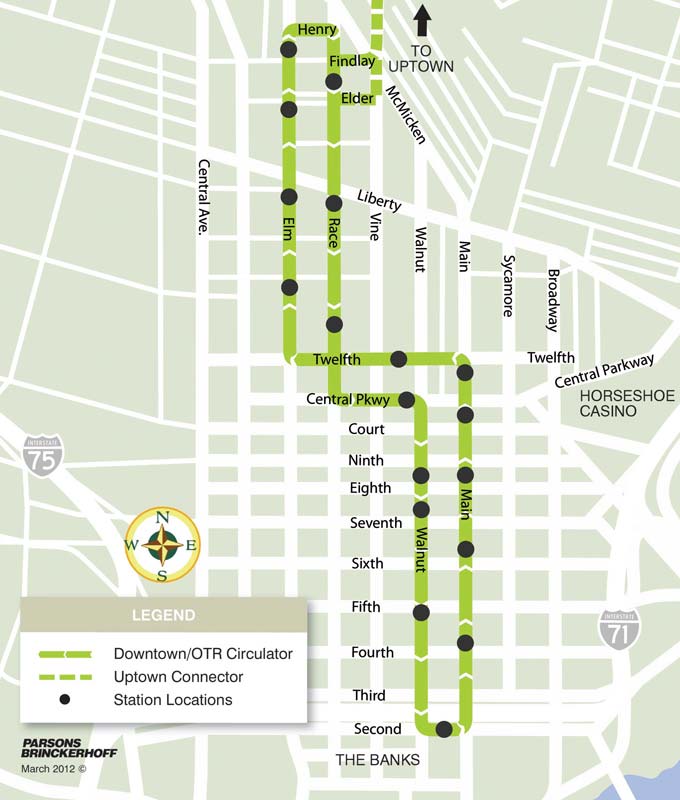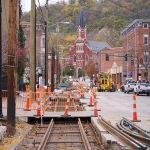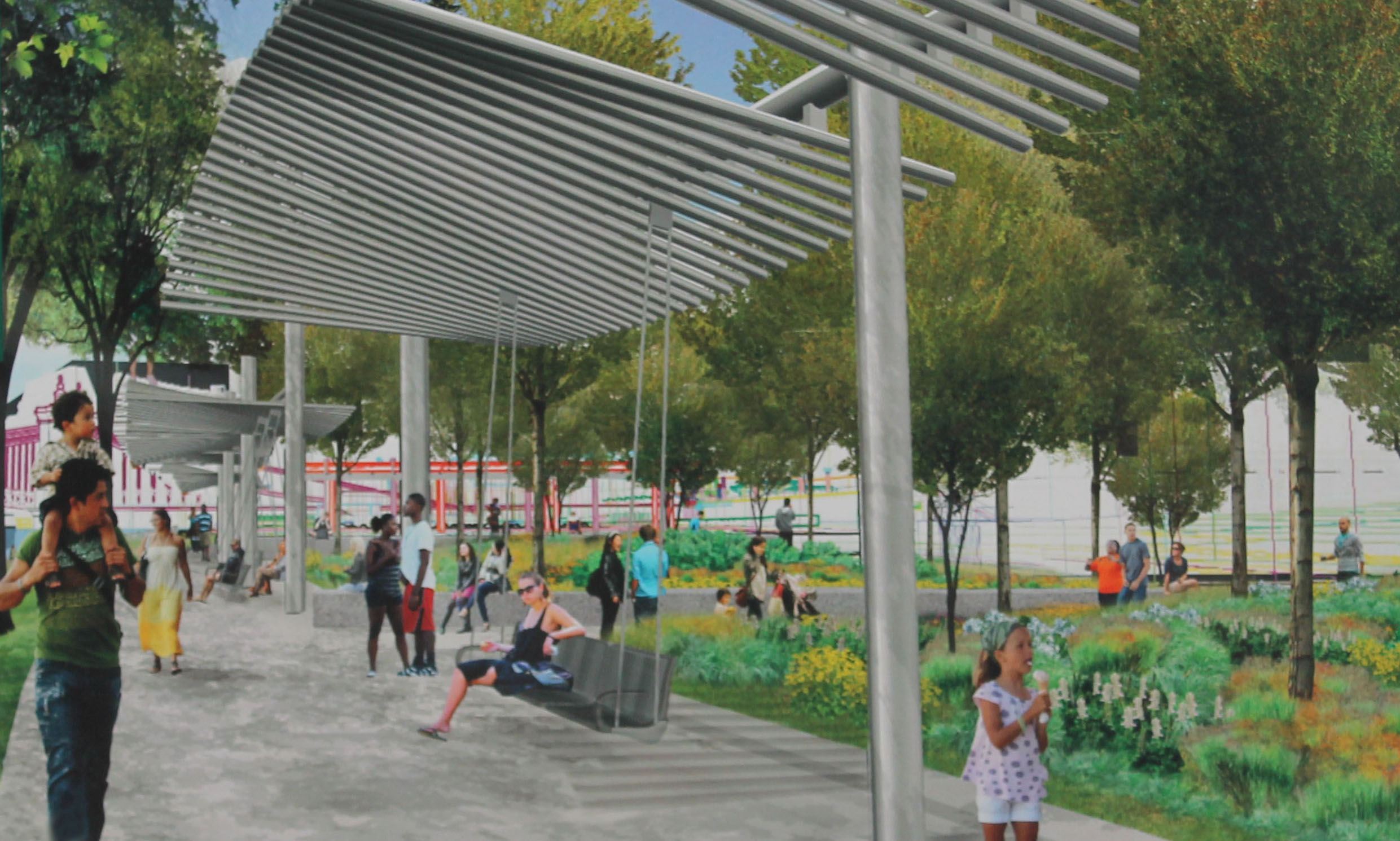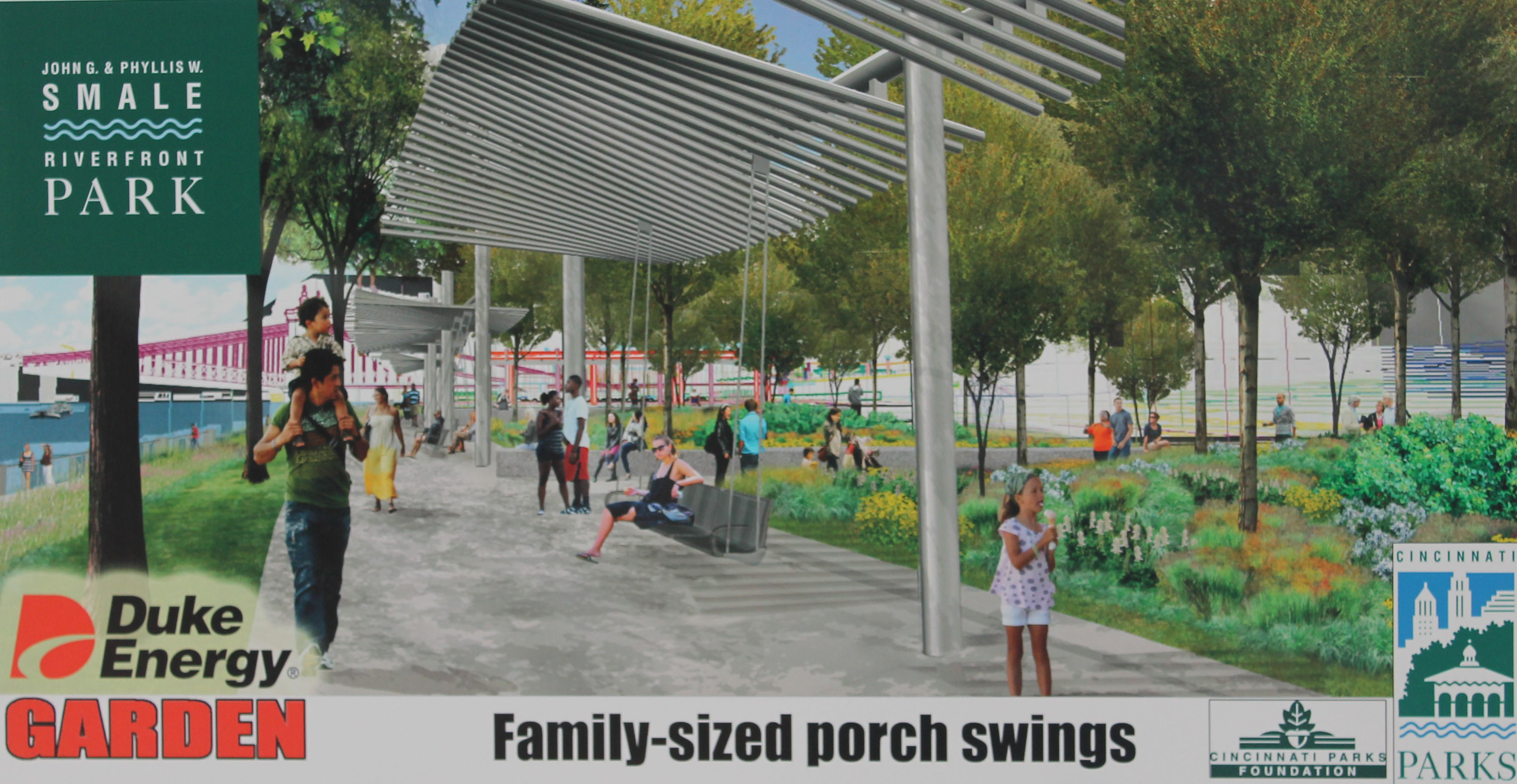What began with a $300 home coffee roaster and an eight-pound bag of coffee has become a mainstay of the local coffee scene. Now Carabello Coffee is set to increase its presence in Newport even further with its expansion into an adjoining storefront on Monmouth Street.
The expansion, nearly two years in the making, will open later this summer and include a new-to-market “slow bar” concept, called Analog, and a larger roasting operation. Aside from the updated offerings, the owners say the new arrangement will also free up space for 16 additional tables in the café.
One of the reasons Carabello Coffee has become well-known is due to its unique philanthropic business model in which a portion of the profits go to support causes in third world coffee-growing communities – including a signature relationship with an orphanage in Nicaragua. According to Justin and Emily Carabello, owners of the café, their mission of serving “coffee and compassion in tandem” has helped the business double in size every year since it opened.
The couple says that they started roasting coffee as a hobby in their garage back in 2009; then moved operations to a 10-foot by 10-foot space at Velocity Bike & Bean in Florence in 2011. By September 2013, the couple quit their daytime jobs to work on the venture full-time, relocated to their current 1,200-square-foot space at 107 E. Ninth Street, and broadened the original wholesale business to include a retail café.
After only a year at the Newport location, both the roastery and café had already outgrown the space. In a fortuitous series of events, the Carabellos were able to buy the building next door, which was home to a former check-cashing business, in order to expand and maintain both the production and retail on-site.
While no firm date has been set for its opening later this summer, the Carabellos say that the expanding roasting area, along with the region’s first dedicated slow bar, will offer customers a truly unique experience that utilizes manual brewing techniques.
The goal of the slow bar, Justin says, is to help customers connect more intimately with the art and craft of coffee.
“We want it to be a place for baristas and customers to get creative, explore, and experiment,” Justin told UrbanCincy.
Analog will have a large farm table bar, barista-curated menu, and specialized equipment like siphon brewers and yama drip towers. And in order to deliver on the experiential element of the slow bar, they say that nothing will be offered for take-out.
Justin and Emily say that the slow bar space will also double as a training lab for wholesale clients, as well as classes for the general public on topics ranging from coffee brewing to latte art.
In fitting with Carabello Coffee’s business model, funding the expansion has been a true community effort, beginning with a Kickstarter campaign that raised a total of $47,000 toward their $40,000 goal. This allowed for the couple to make the down payment on the new space, and move forward with the expansion.
Through assistance with the Catalytic Fund, Carabello Coffee became the first business in Newport to land a Duke Energy Urban Revitalization Grant, which was awarded in March, and is covering $42,000 in project soft costs. Another grant from the City of Newport will provide up to $15,000 in matching funds for façade improvements, while even additional financial assistance is being sought through the use of historic preservation and rehabilitation tax credits.
Carabello Coffee is open Monday through Friday from 7am to 8pm, Saturday from 8am to 8pm, and closed on Sunday. Free bike parking is available nearby, and a Cincy Red Bike station is located just two blocks from the cafe.
